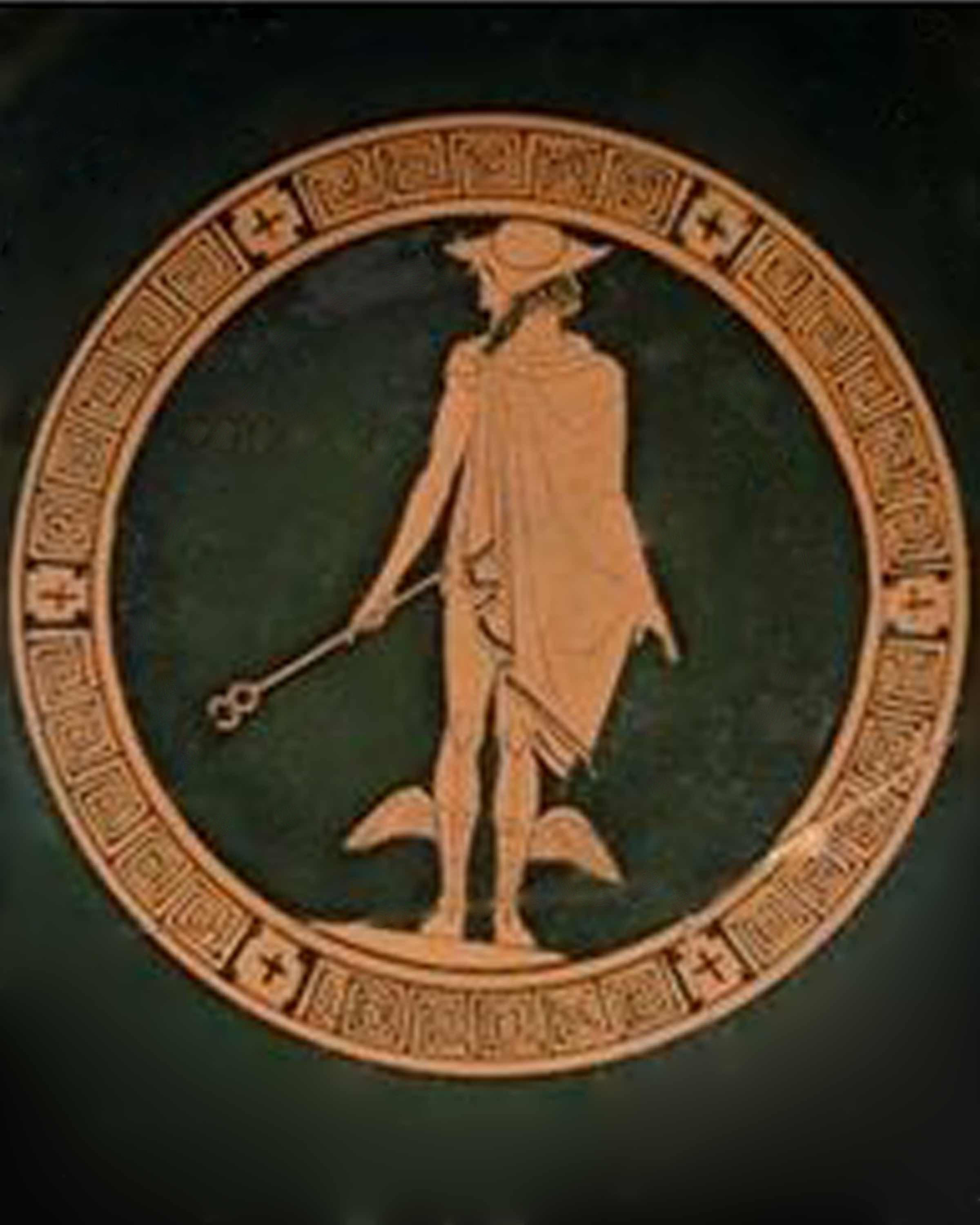The Illusion Spread
The Illusion Spread is an example of approaching text
Mary has more information on this technique on her blog of May 14, 2008. There she discusses the Definition Spread as selecting an important word's meaning and selecting cards at random to elucidate it. By extension the process seems similar to Rachel Pollock's Wisdom Readings. My application to more complex and varied writings is a development of these practices.
Mary reflects (personal communication): "The interesting thing about using a favorite quote is that first you can explore the deeper meaning of the quote itself and then you can draw cards to see how the elements of that quote apply to your own life. Picking cards face-up for the first part can be equally as elucidating."
The Illusion Spread:
With a Wisdom Reading (ala Rachel Pollack)
by Mary K. Greer – 6/2004
This spread is based on using the key ideas from a
significant quote that you would like to explore, either to
understand it more deeply or to see how it applies to your own life.
Underlined concepts become the spread positions. (Thanks to
James
Ricklef from whom I first learned this technique.)
“We are seeing span class="style2">imprinted on
the world outside the
qualities that would
satisfy our basic
longings. The qualities are actually not there; we project
them. . . . So the illusory nature of the world is better understood
as the projection of our longing. . . .
The longings are essentially emotional. They are there because at
our very core we have a fear. This is the
fear of mortality. . . . Everything that we do in an unexamined life
is an attempt to cover up that basic fear of death.”
- We (I) see imprinted (projected) High Priestess
- on the world outside (or on
others) Judgment
- the qualities Ace of Cups Reversed
- that would satisfy Five of Swords Reversed
- Our (my) basic longings
(emotions). Five of Wands
- At our (my) very core
Empress
- we (I) have a fear (of mortality). Five of Pentacles
Deck used: Roots of Asia Tarot
- We see the High Priestess as the wisdom, memories, and
images from the unconscious that, as the Moon reflects the projected
light of the Sun (self) when all else is dark, projects memories,
images, and intuitive wisdom . . .
- onto awakened and liberated Beings who we feel (have
judged to) have shed their limitations. [Synchronistically, Judgment
is numbered 20, which reduces to 2, the High Priestess).
- We project on them, the quality of pouring down from
above the Ace of Cups Reversed’s gifts of love and emotional
nurturance on us . . . (this is especially apparent in this
particular deck)
- so as to satisfy, that is, heal by recouping (Reversed),
the Five of Swords’ mental energy (intellectual clarity), which has
been depleted and fragmented . . .
- that longs and strives to build something worthwhile and
powerful, by putting the pieces of the Five of Wands together:
unified, despite conflicting desires and counter motivations.
- At our core is the Empress, Gaia, Earth-Mother, Life,
the generative soul, core of nurturance, fertility, both source and
place of rebirth, . . .
- where lodges a mortal fear that is the Five of
Pentacles’ insecurity, impoverishment, and lack of protection—both
material and spiritual.
Summary: We fear being deprived at our core of regenerative
life, leaving us insecure and bereft of protection, if our longing
to build and create a power base (despite conflict) is not satisfied
by recouping fragmented energies of the self via the qualities of
love and nurturance poured down from the deep inner wisdom and
images that we project onto awakened and liberated beings.
If we consider: “The illusory nature of the world is better
understood as the projection of our longing” in light of these
cards, then: The illusion of a being liberated from limitations is
the projected inner wisdom of the striving for power among
conflicting emotions.
One aspect of tarot hermeneutic practice at variance with this example are the several discursive steps that emphasizes the analytical and normative meanings to the cards as remembered by the reader in deliberately selecting cards that elucidate the text's meaning. After this work is done it makes sense to further question the oracle about the how and why of our work by selecting some blind cards.
Viewing the Viewing Circle or Buddha through a Window

